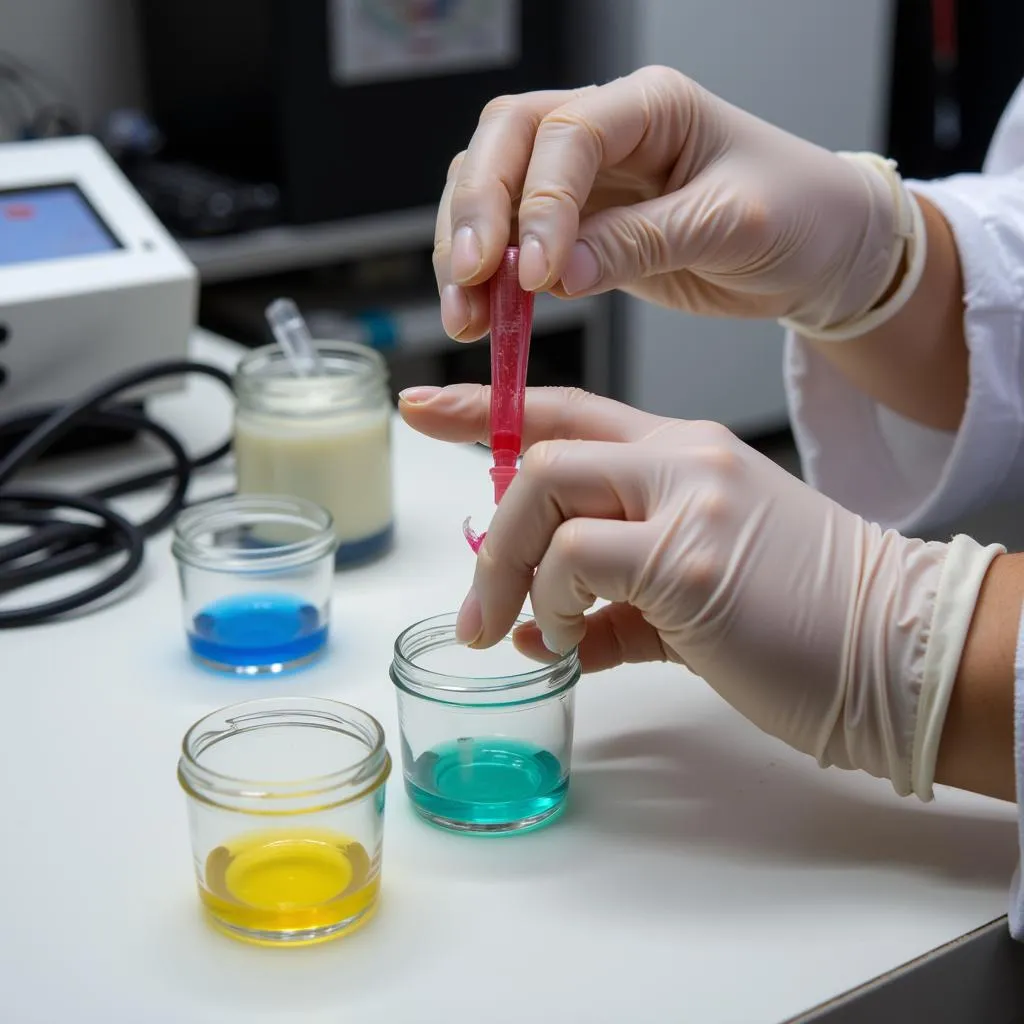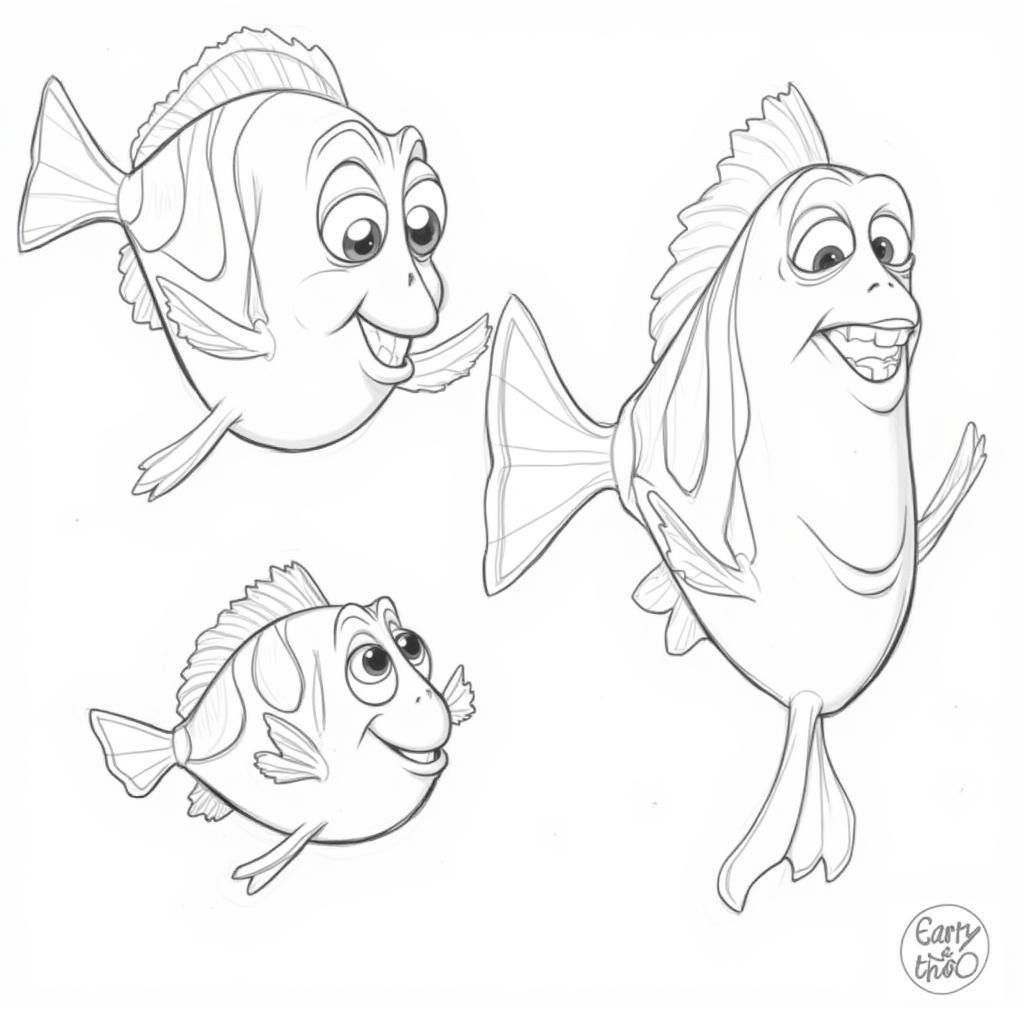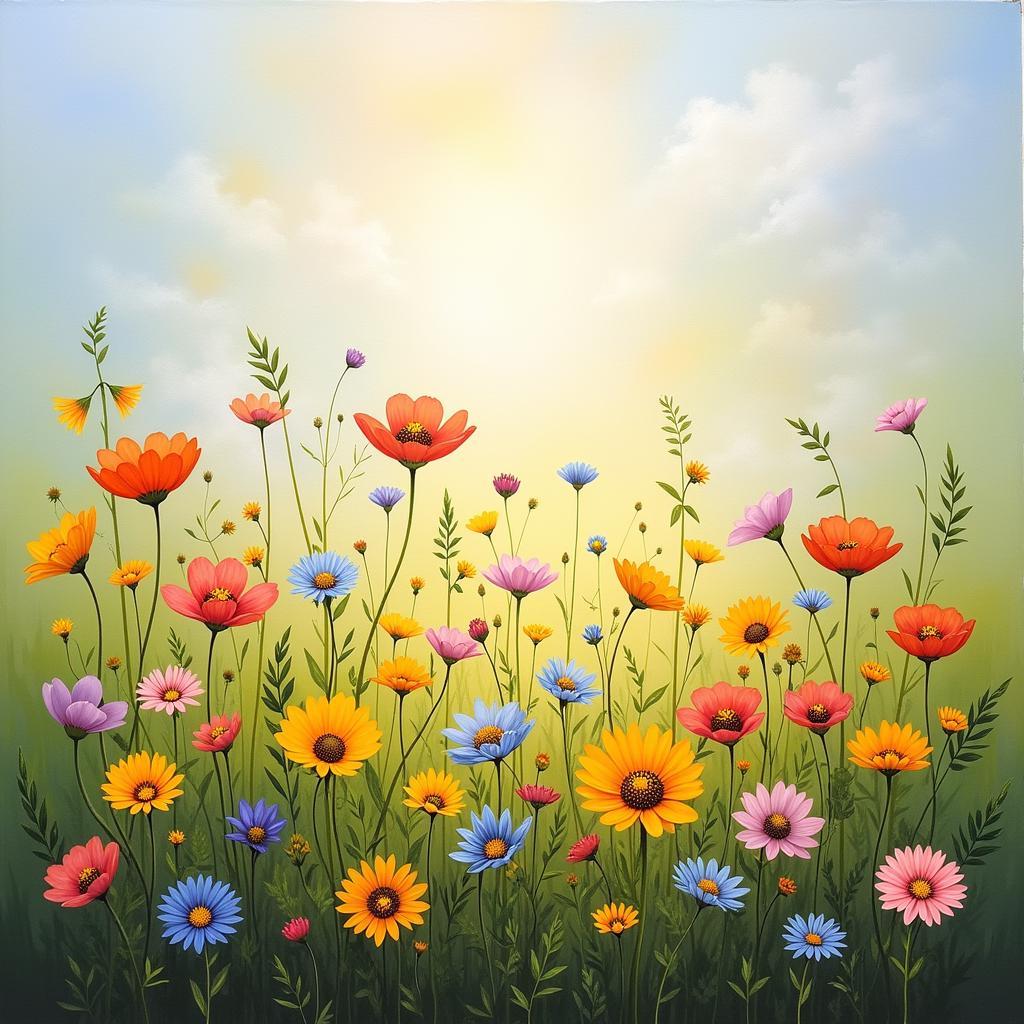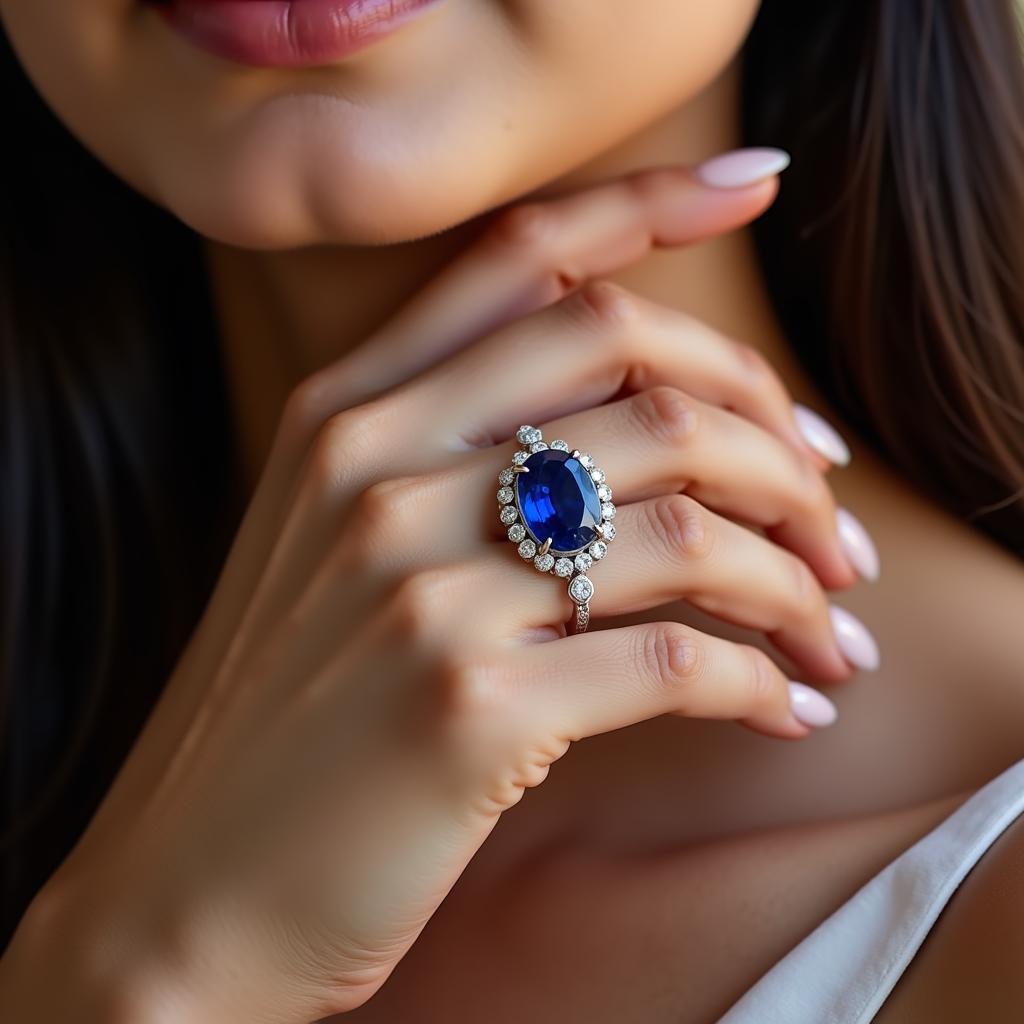Best Camera for Art Photography: A Creative Journey
Choosing the Best Camera For Art Photography can feel like a daunting task, especially with countless options flooding the market. But remember, the true magic lies not just in the tool, but in how you, the artist, wield it. This guide will help you navigate the world of cameras, lenses, and settings, empowering you to capture your unique artistic vision.
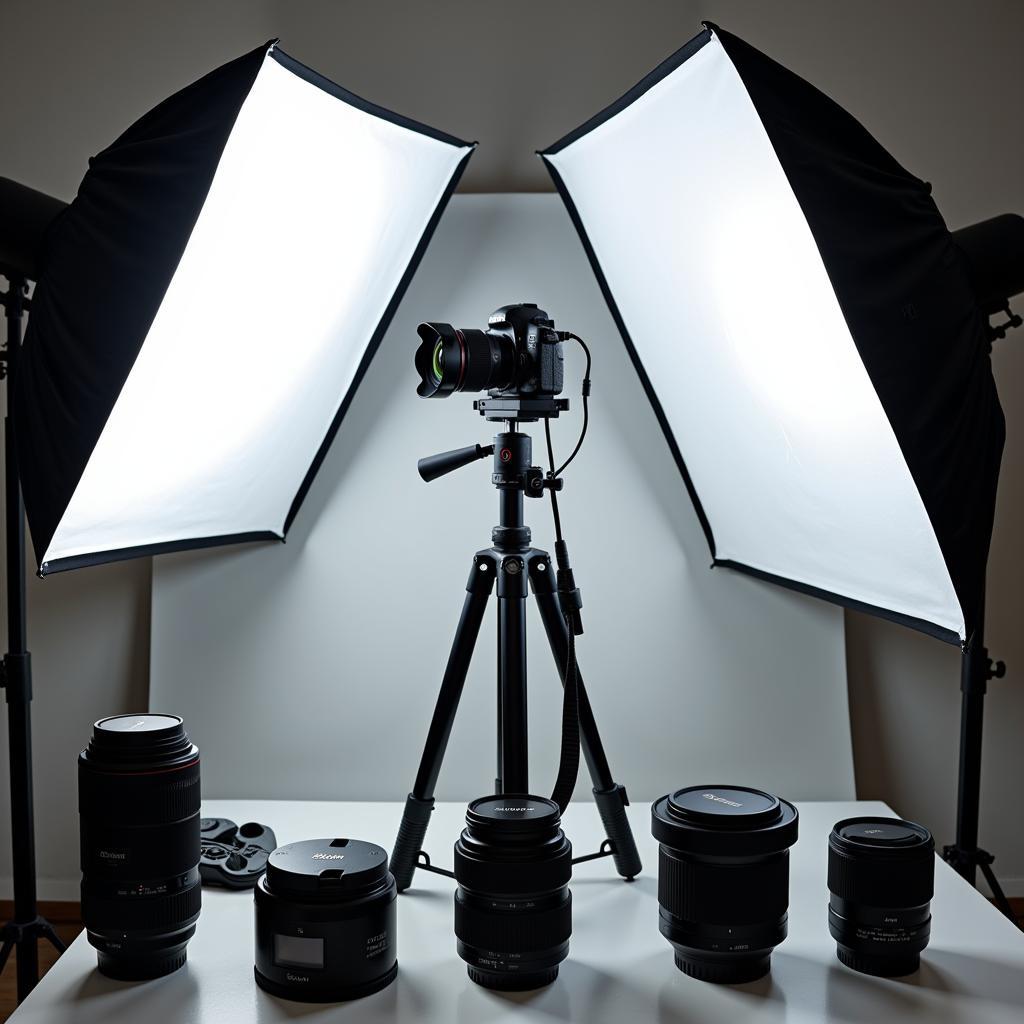 Professional Studio Setup for Art Photography
Professional Studio Setup for Art Photography
Understanding Your Artistic Needs
Before diving into the technical specs, take a moment to reflect on your artistic style and aspirations. What subjects do you gravitate towards? Do you prefer the controlled environment of a studio or the spontaneity of street photography?
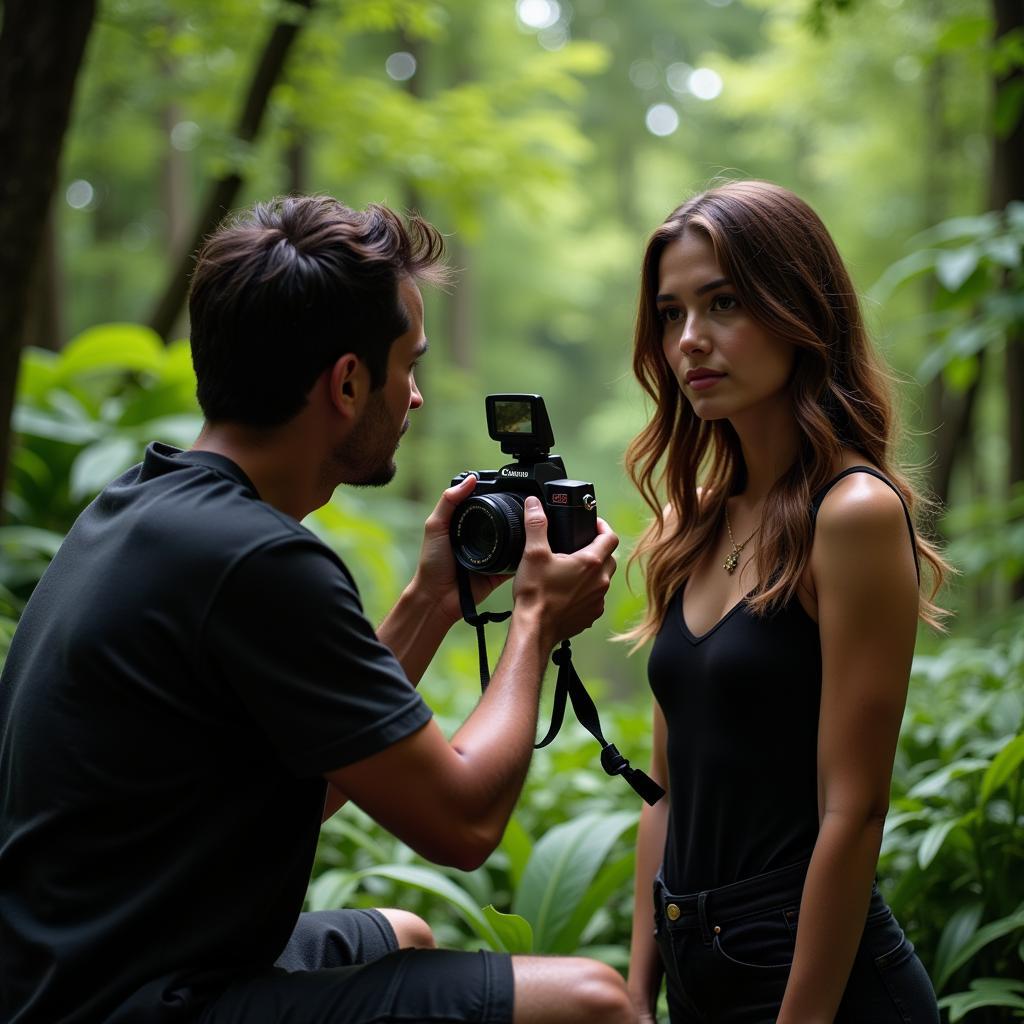 Outdoor Portrait Photography Session
Outdoor Portrait Photography Session
For example, if you’re drawn to capturing the intricate details of still life compositions, a camera with a high megapixel count might be your best bet. If capturing fleeting moments in low light is more your speed, a camera with excellent high ISO performance should be a priority.
Key Factors to Consider
When choosing a camera for art photography, several factors come into play:
Sensor Size: Your Canvas in the Digital World
The sensor is the heart of your camera, capturing the light that paints your image. Larger sensors generally mean better image quality, especially in low light, and offer greater control over depth of field.
- Full-Frame: Ideal for professionals and serious enthusiasts, offering exceptional image quality and dynamic range.
- APS-C: A popular choice for both beginners and experienced photographers, balancing performance and affordability.
- Micro Four Thirds: Known for their compact size and portability, making them great for travel and street photography.
Resolution: Striking the Right Balance
Measured in megapixels, resolution determines the level of detail your camera can capture. While a higher resolution might seem tempting, it’s important to find a balance that suits your needs.
- High Resolution (40MP+): Perfect for large prints, detailed editing, and cropping flexibility.
- Medium Resolution (20-40MP): Versatile for most types of photography, offering a good balance between detail and file size.
- Lower Resolution (Under 20MP): Suitable for online sharing, smaller prints, and situations where file size is a concern.
Lens Selection: Expanding Your Artistic Palette
Lenses are like paintbrushes, each offering a unique perspective on the world. A diverse lens collection can open up a world of creative possibilities.
- Prime Lenses: Known for their exceptional sharpness and low-light capabilities, ideal for portraits, low-light photography, and achieving a shallow depth of field.
- Zoom Lenses: Offer versatility by covering a range of focal lengths, making them great for travel, events, and situations where you need to adapt quickly.
- Specialty Lenses: From macro lenses for capturing minute details to tilt-shift lenses for architectural perspectives, specialty lenses allow for unique artistic expression.
Dynamic Range: Capturing the Nuances of Light
Dynamic range refers to the camera’s ability to capture detail in both the highlights and shadows of a scene. A wider dynamic range allows you to retain more information, giving you greater flexibility in post-processing.
Focusing System: Locking onto Your Vision
A fast and accurate autofocus system is crucial, especially when working with moving subjects or in challenging lighting conditions. Look for cameras with a good number of focus points and reliable tracking capabilities.
Image Stabilization: Keeping Things Steady
Image stabilization helps to counteract camera shake, resulting in sharper images, especially in low light or when using longer focal lengths. This feature can be particularly beneficial when shooting handheld or in situations where using a tripod isn’t feasible.
Beyond the Camera: Essential Accessories
While the camera is the heart of your artistic journey, a few key accessories can elevate your work:
- Tripod: Provides stability for sharp images, especially in low light or when working with long exposures.
- Filters: Neutral density filters control light, allowing for creative long exposures, while polarizing filters reduce glare and enhance colors.
- External Lighting: Flashes and studio lights provide creative control over lighting, adding depth and dimension to your images.
- Post-Processing Software: Software like Adobe Lightroom and Photoshop empowers you to fine-tune your images, bringing your artistic vision to life.
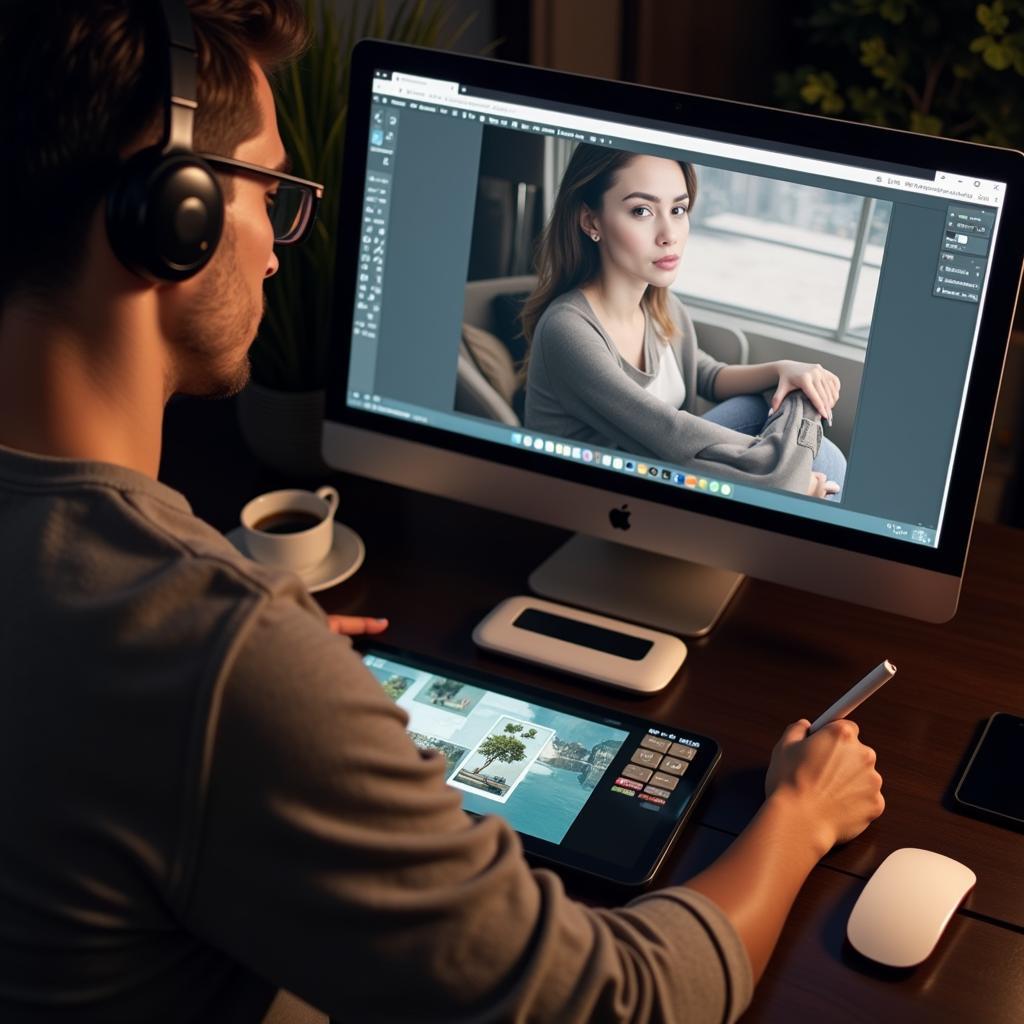 Artist Editing Photos on a Computer
Artist Editing Photos on a Computer
FAQs: Answering Your Burning Questions
Q: Can I use a smartphone for art photography?
While smartphones have made significant strides in camera technology, dedicated cameras still offer greater control, image quality, and lens options, making them the preferred choice for serious art photographers.
Q: What about film cameras for a vintage aesthetic?
Film cameras offer a unique charm and can produce beautiful, timeless images. If you’re drawn to the analog process, exploring film photography can be an enriching experience.
Q: How important is post-processing in art photography?
Post-processing is an integral part of the artistic process, allowing you to enhance your images, refine your style, and bring your creative vision to life.
Embrace the Journey
Remember, the best camera for art photography is the one that inspires you to create. Don’t be afraid to experiment, explore different perspectives, and let your artistic voice shine through.
If you need help navigating the world of digital art, explore our other resources on art on the beach oscoda mi and man room art. Let’s embark on this creative adventure together!
Need help finding the perfect camera or have any questions? Contact us at 02462573573, email [email protected], or visit us at Savico Megamall, 7-9 Đ. Nguyễn Văn Linh, Gia Thụy, Long Biên, Hà Nội 10000, Việt Nam. Our team is available 24/7 to assist you.
